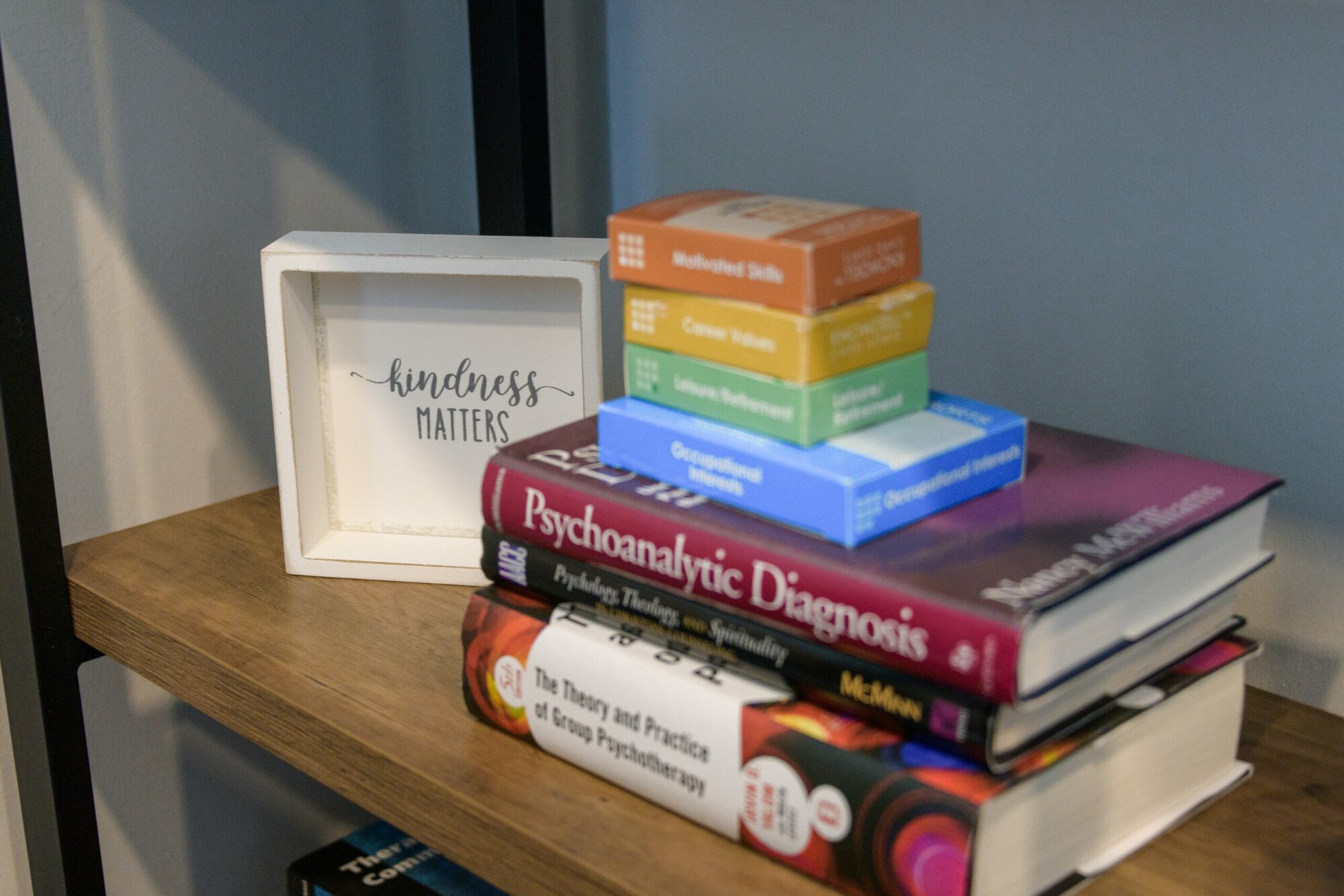These days we typically think of ourselves as “free” in our choices and how we live our lives. However, for those struggling with mental illness and addiction the idea of freedom is often shaped by years of twisted thinking and recovery can seem an insurmountable obstacle due to fears of additional failure and the simple unknown. Freedom sometimes comes to be seen in staying in the known entity of depression or addiction, choosing to be bound.
In these conversations I am often reminded of the following quote from Margaret Atwood’s A Handmaid’s Tale: “There is more than one kind of freedom…Freedom to and freedom from. In the days of anarchy, it was freedom to. Now you are being given freedom from. Don’t underrate it.” (p.24). The quote is in a recollection by the main character of how her now fully controlled society was presented as she and other women were indoctrinated into their new profession as “Handmaids.” The book is a first person narrative from a woman known as “Offred” (Fred being the man whose handmaid she is). She shares this quote early in the book while considering the sharp contrast of the current society to her own past, when women lived in fear of rape or attack by men–a problem her society has “eliminated” by introducing extreme control.
This line always stood out vividly for me as a perspective on the different freedoms that one gains by avoidance vs. license. In Offred’s current world, she is free of the fear of sexual violence, but lacks the freedom to be in any other type of relationship with men than as a handmaid (and faces serious consequences if she breaks the law). In some ways she has adjusted, but when she is given a new taste of “freedom to,” she clings to it desperately. As noted, the idea of “freedom from” becomes tempting for those dealing with mental illness, particularly when individuals become discouraged and begin to wonder if the fight is worthwhile. There is a type of safety in the known aspects of the sadness, anger, fear, or broken relationships. That perceived safety makes the unknown of change appear to be an overwhelming risk, leading to thoughts along the line of “at least I know what each day will bring if I stay here.” The struggle with the illness can seem more daunting than the illness itself–particularly when the depression, etc. has been a part of daily life for many years. Individuals can be tempted to draw back in to the pain and dysfunction, knowing they are losing other options, but choosing freedom from the struggle.
Returning to our example, Offred is torn at various points between the safety of status quo and her internal desire for a different type of freedom. Ultimately, her desire draws her into the danger of pursuing it. Likewise, though the struggle was difficult, I have yet to meet the individual who has tasted freedom from addiction or mental illness and was hoping to return back into the pain and bondage of the past. Is a change scary if you have lived with this way for many years? Absolutely! Will working through your issues ensure you a perfect life? No. But it comes with the benefit of being able to experience life in a more full, connected, and (hopefully!) joyful way.
So what is the big picture? No matter what your story is, there will be points where you will have choices about whether to press forward towards the hope of healing or to retreat into the familiar emotions and coping skills of the past. There are certainly appropriate times for “freedom from,” but my hope is that you will trust those who have gone before you that change and healing ARE possible. Change is not instant, easy, or even a straight line progression, it will have times of mistakes and feel strange, but a life with a healed outlook and managed illness is a worth fighting for.
